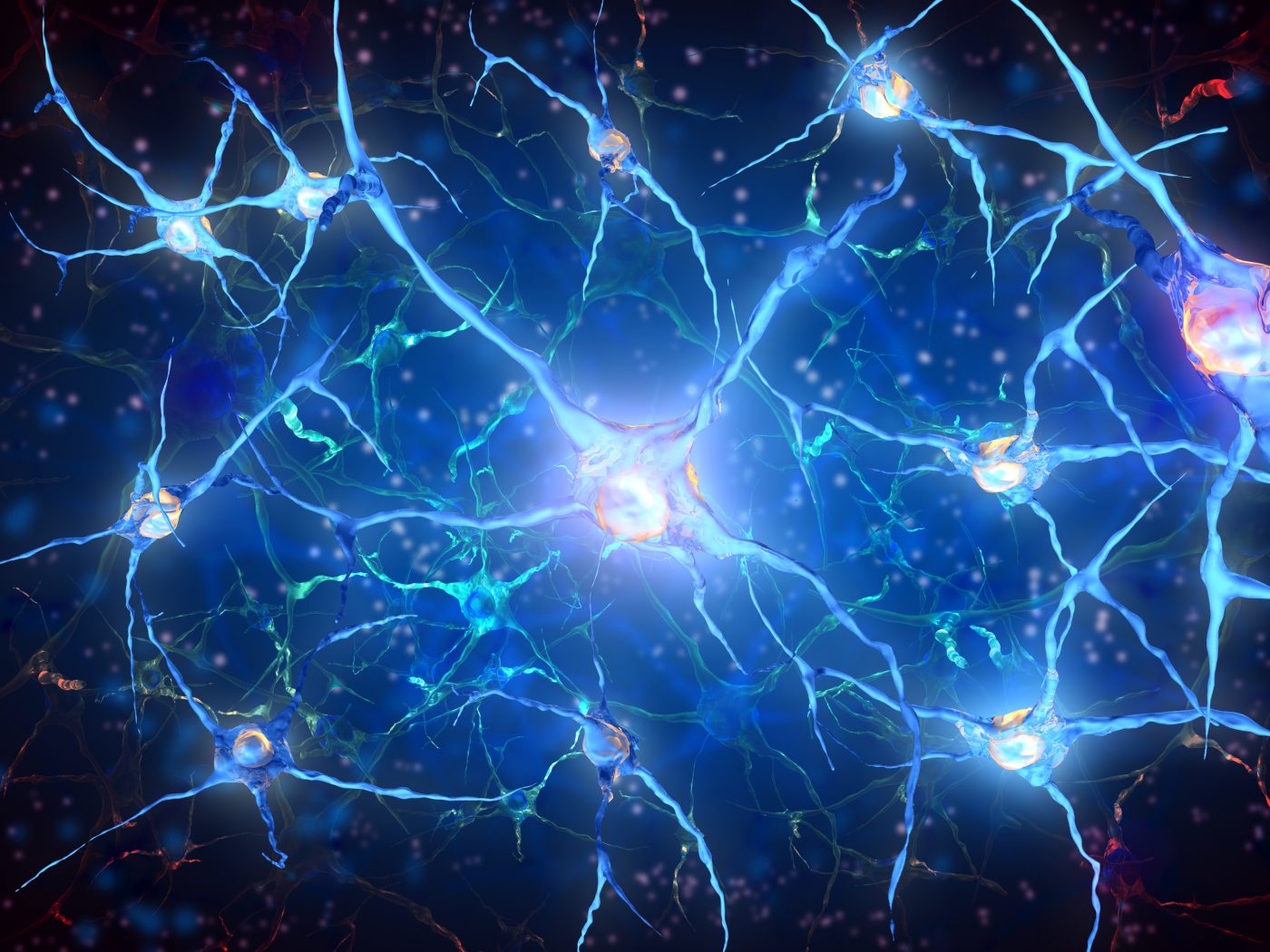Parkinson’s Mouse Model Hints at Possibility of Neuron Regrowth in Adult Brains

Boise State University researchers developed a novel mouse model to assess dopaminergic (DA) neurogenesis in the substantia nigra of adult animals, and suggest that neuron regrowth is possible in adult mammals. Importantly, these neurons’ growth rate indicates that inflammatory responses may inhibit natural neuronal generation, a process that can eventually lead to Parkinson’s disease.
The research paper, “Nestin-positive/SOX2−negative cells mediate adult neurogenesis of nigral dopaminergic neurons in mice,” was published in Neuroscience Letters.
Physical symptoms in Parkinson’s disease (PD), such as tremors and motor dysfunction, have long been linked to the loss of dopamine-producing (dopaminergic) neurons located in the substantia nigra, a midbrain structure, because the neurotransmitter dopamine is involved in motor control and coordination processes. As a result, the potential neurogenesis of this specific type of neurons in the adult brain has been of considerable interest to PD researchers, as most therapies available today control only disease symptoms and tend to lose their effect over time. The possibility of generating dopaminergic neurons in the adult brain, however, is controversial, with many researchers believing that their loss is irreversible.
Researchers hypothesized that neuronal cells could indeed regenerate, but were somehow being inhibited in Parkinson’s disease. Using a mouse model, the team was able to trace the lineage of dopaminergic neurons from stem cells and remove the gene from these cells. After six months, researchers observed that the gene removal affected mature dopaminergic neurons, implying that they must be replenished by stem cells.
“This study provides compelling evidence for DA neurogenesis in the [substantia nigra] of adult mice by utilizing a novel cell lineage tracing model. Discovery of a nestin+ pool of DA progenitor cells will empower future studies to focus on the process of adult neurogenesis for DA neurons as well as enable locating these cells within the mammalian brain,” the authors wrote in the study.
And, they concluded, “This information represents a substantial leap in current knowledge of adult DA neurogenesis, will enable improved in vitro and in vivo modeling, as well as facilitate the harnessing of this process for therapeutic intervention for PD.”





